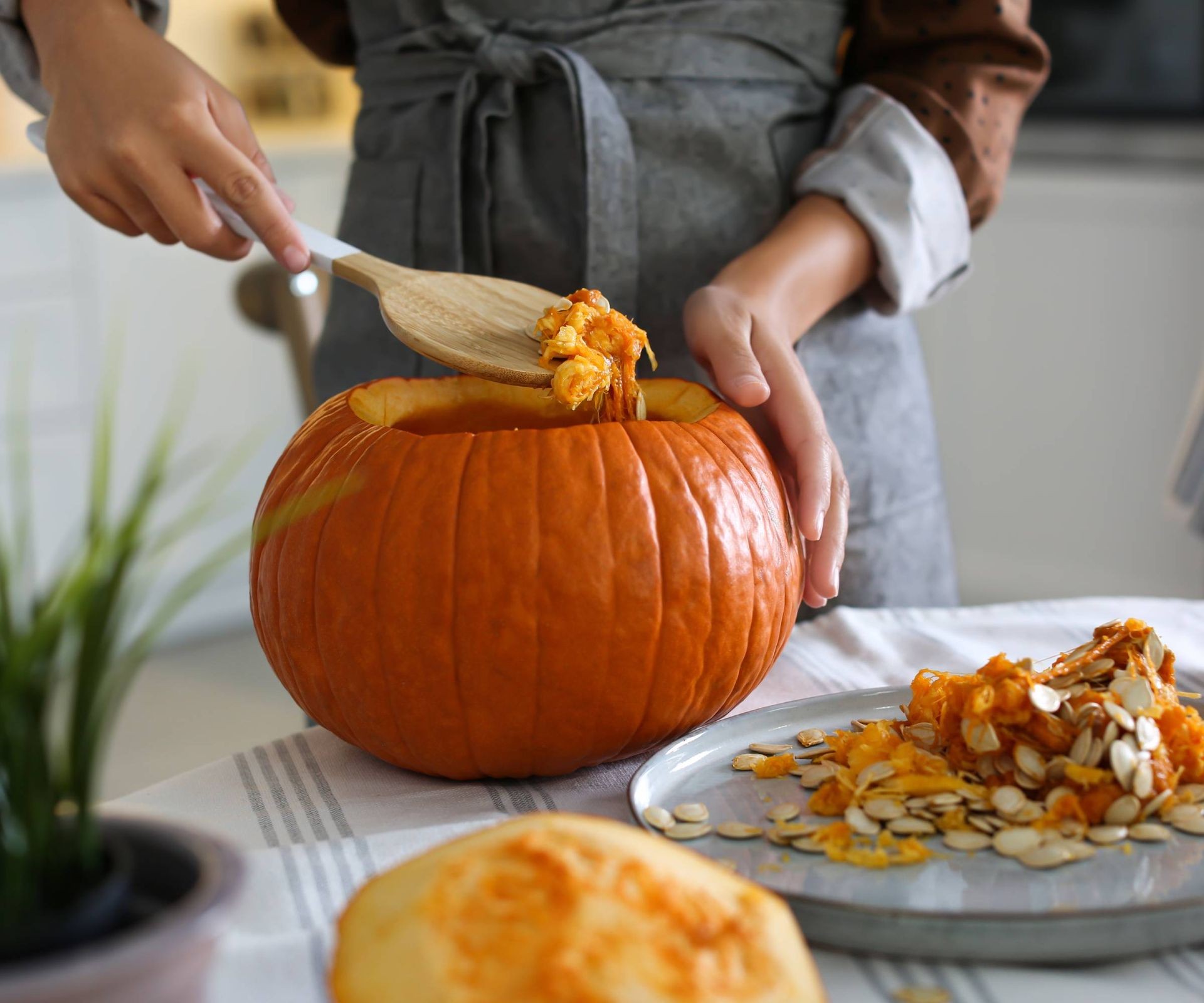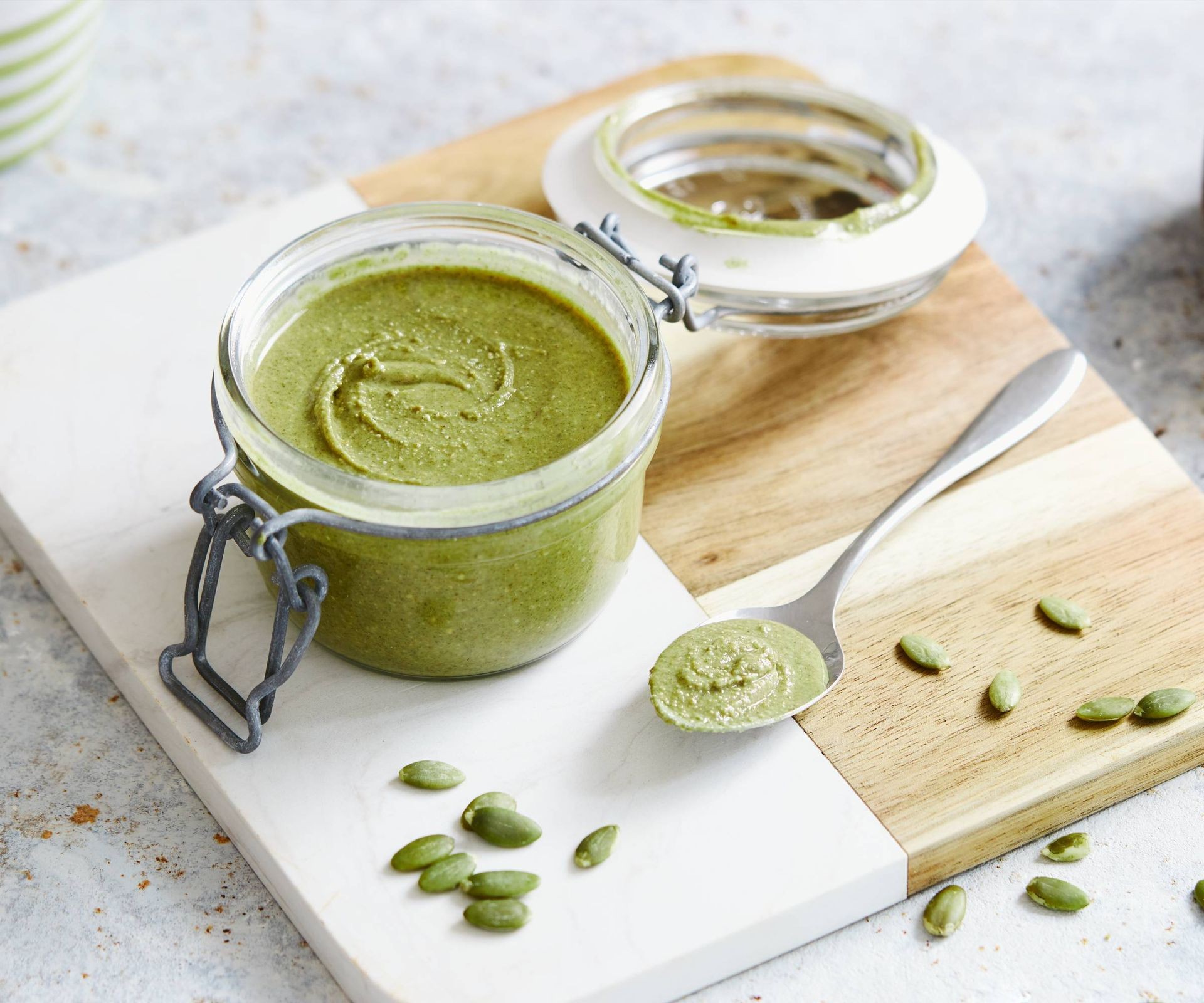No products in the cart.
NEWS
Turn Your Pumpkin Seeds into a Delicious, Healthy Snack: A Guide
As the vibrant colors of autumn arrive, pumpkins become a familiar sight, whether they’re destined to become spooky jack-o’-lanterns or baked into comforting pies for holiday tables. This delightful season often leaves us with an abundance of pumpkin seeds. While it’s smart thinking to save some for planting next season, you’ll likely have plenty left over. What’s the best way to make use of them?
The simple and incredibly rewarding answer is: eat them! Pumpkin seeds are not only tasty but also packed with nutritional value. If this idea is new to you, you might be asking, “How do I eat pumpkin seeds effectively and deliciously?” Look no further. This guide will take you from scooping seeds out of your gourd to savoring them as a perfect snack.
Why Eating Pumpkin Seeds is a Smart Choice
Seeds have long been celebrated as concentrated sources of nutrients, and pumpkin seeds stand out as a particularly valuable addition to any diet. They are far more than just an edible byproduct of carving or cooking; they are little powerhouses of goodness.
Pumpkin seeds offer an excellent source of dietary fiber, crucial for digestive health, and plant-based protein, essential for building and repairing tissues. Additionally, they are rich in vital minerals that are often under-consumed in modern diets, including magnesium, zinc, and iron. They also provide beneficial unsaturated fats. Choosing to eat pumpkin seeds is an easy step toward boosting your intake of these essential components, making them a truly smart and healthy snack choice.
From Gourd to Goodness: Harvesting Your Own Pumpkin Seeds
 A person uses a wooden spoon to scoop out pumpkin seeds and pulp from inside a carved pumpkin.
A person uses a wooden spoon to scoop out pumpkin seeds and pulp from inside a carved pumpkin.
When we talk about “harvesting” pumpkin seeds in this context, it’s a process simpler than traditional crop harvesting. If you’ve grown your own pumpkins for Halloween fun or are preparing one for a Thanksgiving dessert, you can easily obtain the seeds by simply removing them from the fruit.
Whether you cut off the top to hollow out a pumpkin for a jack-o’-lantern or cut it in half to get at the pulp for a pie, you’ll need to deal with the inner contents – the seeds enveloped in the stringy, often slimy pulp. Use a large spoon or other kitchen utensil to scrape out all the slippery pumpkin “guts.” Collect this material in a large bowl, and for the easiest separation, add some water to the bowl. Rubbing the material with your hands in the water helps loosen the pulp from the seeds. The seeds will tend to separate or sink while the lighter pulp floats. Remove the pulp, and then scoop out the seeds from the bowl. Give them a final wash in fresh water to ensure they are clean and ready for the next step.
Preparing Your Harvest: Drying Pumpkin Seeds
Once your pumpkin seeds have been separated and rinsed clean, the next essential stage is drying them thoroughly. Removing the moisture is key, as it helps them achieve a crisp texture when roasted and is necessary if you plan to store them. One simple way to air dry them is to spread the seeds in a single layer on a paper towel and place it in a warm, sunny spot, such as a windowsill, for a day or two until they feel completely dry to the touch.
For a faster drying method, you can use a low-temperature oven. Spread the washed seeds on a baking sheet and place them in an oven preheated to a very low setting, typically around 150°F (65°C). Let them dry for several hours, stirring them occasionally to ensure all sides are exposed and dry evenly. They should feel completely dry before moving on to roasting or storage.
Roasting for Flavor: Creating the Perfect Crunch
 Hands placing a baking sheet covered in pumpkin seeds and seasonings into a preheated oven for roasting.
Hands placing a baking sheet covered in pumpkin seeds and seasonings into a preheated oven for roasting.
While some people enjoy eating pumpkin seeds raw after drying, the most popular and delicious way to prepare them is by roasting. Roasting transforms them into an incredibly addictive, crunchy snack. To roast your dried seeds, preheat your oven and prepare a baking sheet, perhaps lining it with parchment paper for convenience. Spread the dried pumpkin seeds evenly across the sheet in a single layer. Lightly toss or mist them with a small amount of cooking oil, like olive oil or coconut oil – just enough to help the seeds crisp and the seasonings adhere.
This is where you can truly personalize your snack! Before they go into the oven, sprinkle your desired seasonings over the oiled seeds. Get creative with your flavors! Popular choices include simple sea salt, garlic powder, onion powder, smoked paprika, cumin, or even a blend like chili powder or Cajun seasoning for a kick. Place the seasoned seeds in the preheated oven and roast them until they turn a lovely golden brown and are delightfully crisp, typically for 15-25 minutes depending on your oven and seed size. Remember to stir them every few minutes to ensure even roasting and prevent burning.
Beyond the Bowl: Creative Ways to Enjoy Pumpkin Seeds
 A jar of vibrant green pesto made from pepitas (hulled pumpkin seeds) sits on a counter next to a pile of the raw seeds.
A jar of vibrant green pesto made from pepitas (hulled pumpkin seeds) sits on a counter next to a pile of the raw seeds.
Once you’ve harvested, dried, and roasted your pumpkin seeds, a world of delicious possibilities opens up! Your homemade seeds are perfect for snacking right out of hand. You can eat the unshelled roasted seeds entirely, benefiting from the extra fiber in the hull. Alternatively, similar to sunflower seeds, you can crack the shell with your teeth to get to the nutritious kernel inside, discarding the shell.
But don’t stop at just snacking! Roasted pumpkin seeds are a fantastic addition to many dishes. Toss a handful into your morning granola or add them to homemade trail mix for extra crunch and energy. They make a wonderful, healthy topping for fresh green salads, creamy soups, or even yogurt parfaits. If you’ve taken the extra step of hulling the seeds (or started with hull-less pepitas), the tender green kernels can be added to baked goods like bread and muffins, or even blended into a unique and flavorful pesto as a substitute for pine nuts.
Quick Answers: Common Questions About Pumpkin Seeds
What Exactly Are Pepitas?
You might encounter the term “pepita” and wonder if it’s just another name for pumpkin seed. While often used interchangeably, “pepita” (Spanish for “little seed of squash”) technically refers to a specific type of pumpkin seed that naturally grows without a hull or shell. These smooth, dark green seeds come from certain varieties of pumpkins or squashes, unlike the larger, shelled seeds you typically scoop out of carving pumpkins.
Are Pumpkin Seeds Truly Healthy?
Absolutely! As highlighted earlier, pumpkin seeds are remarkably beneficial for your health. They are an excellent source of dietary fiber, provide a good amount of plant-based protein, and are particularly rich in essential minerals including magnesium, zinc, and iron. Including them in your diet regularly is a simple, delicious, and effective way to support your overall well-being.
Don’t let those potentially wasted pumpkin seeds go to the landfill or compost! Transforming them into a delicious, crunchy, and incredibly healthy snack is a simple process that adds value to your harvest or holiday preparations. From easy harvesting and drying methods to customizable roasting and versatile culinary uses, pumpkin seeds offer a wealth of possibilities. Utilizing every edible part of your produce aligns beautifully with the principles of sustainable living and makes the most of nature’s bounty. We encourage you to try preparing your own pumpkin seeds this season and discover the joy of this simple, nutritious snack. Explore more ways to maximize your garden yield and healthy living ideas on Biogarden.asia, and feel free to share your own favorite ways to enjoy pumpkin seeds!



